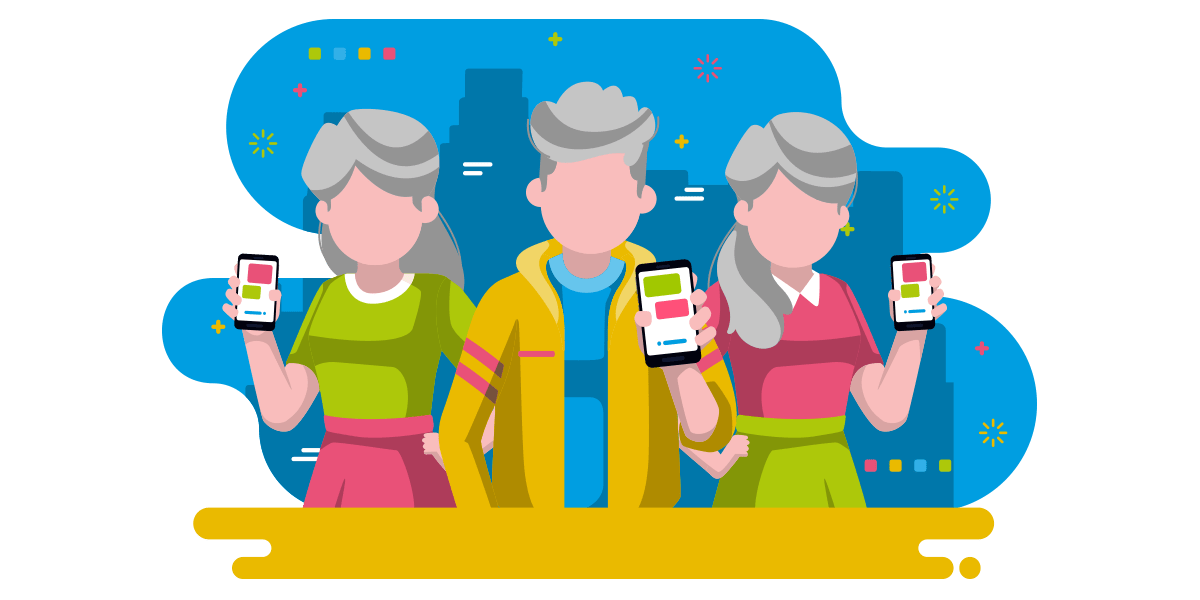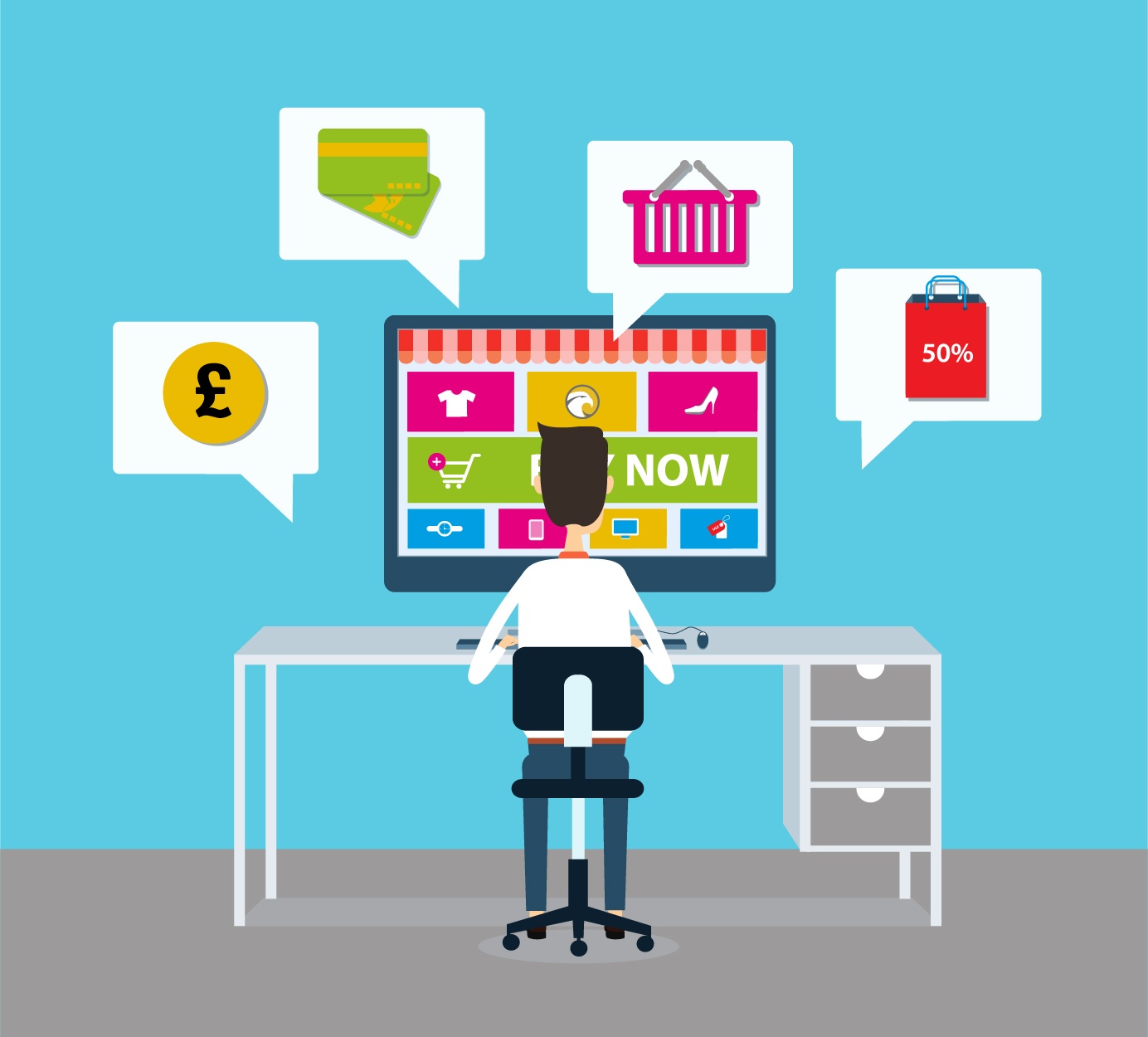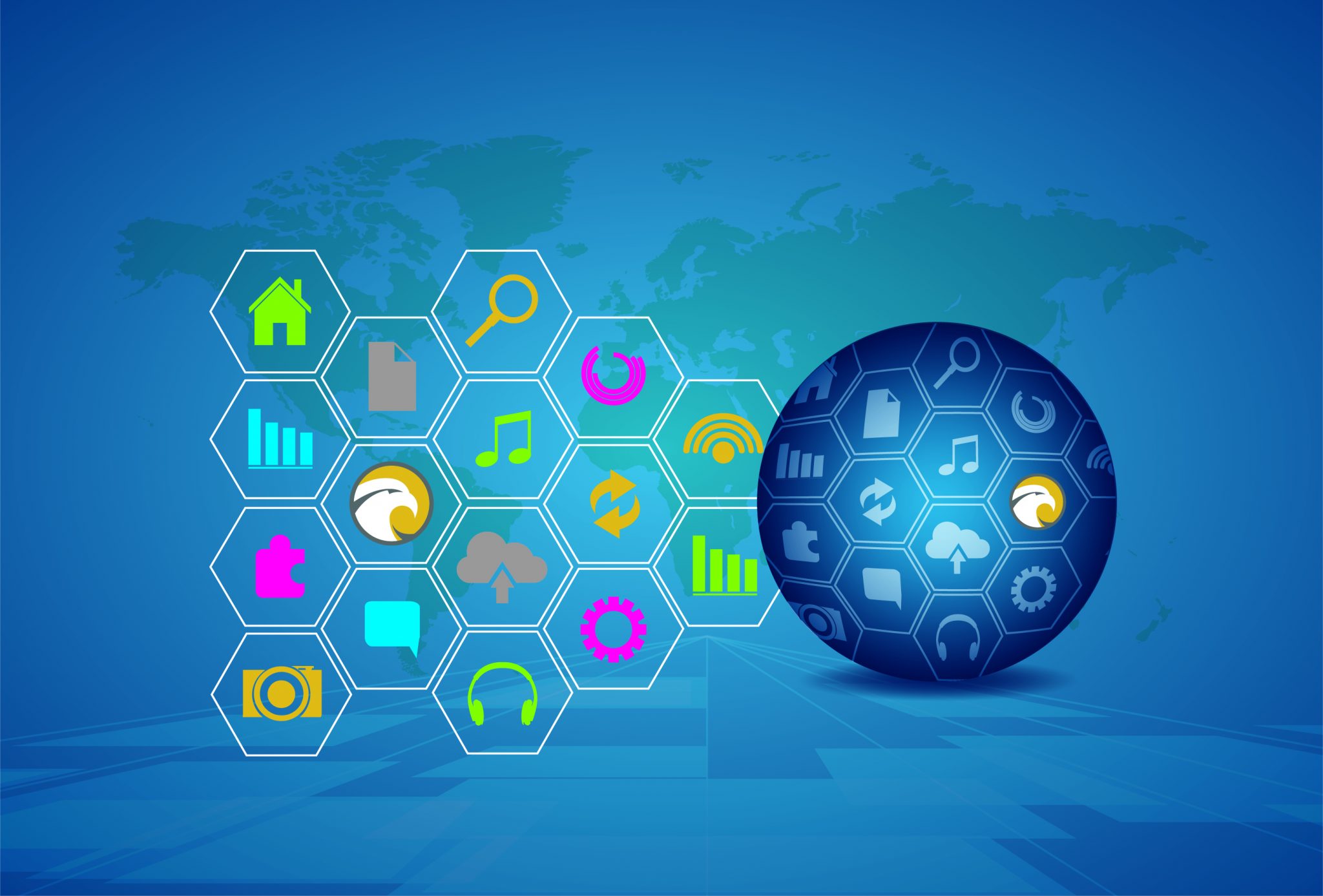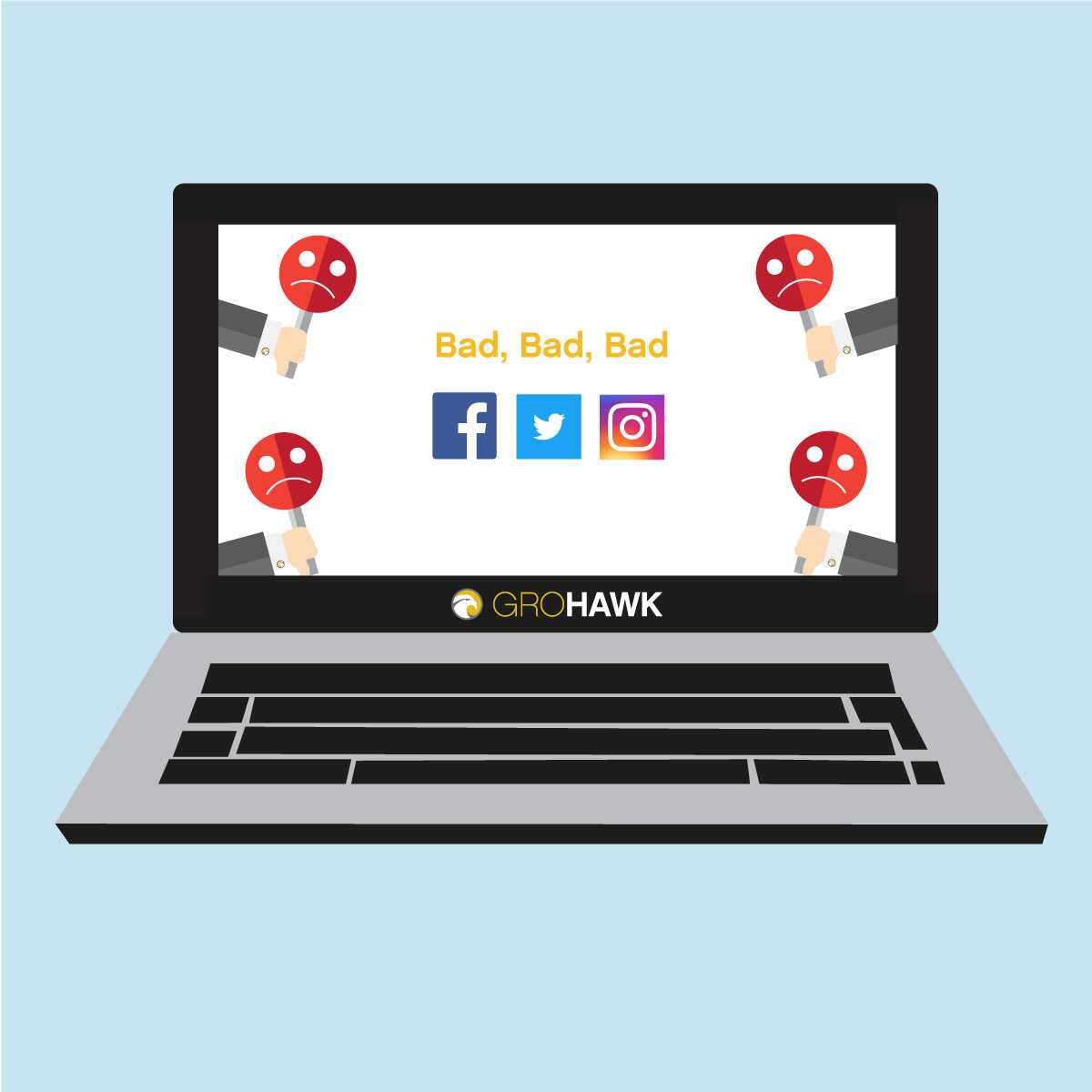30 Mar

Millennials are one of the biggest spenders in the marketplace. According to a study conducted by Accenture, millennial shoppers spend $600 billion a year in the United States alone. Failing to attend to their specific needs throughout the customer journey, especially after they purchase via great customer service and support, is a massive lost business opportunity.
Now, who wants to make a mistake like that?
Yet millennials represent a very particular breed of customers. Being the quintessential digital shopper, millennials are accustomed to a one-click shopping experience. They expect an on-demand, hassle-free customer service with a press of a button. As a millennial myself, I can attest that playing the waiting game, or hopping from customer service rep to another, is not what we consider optimal customer service.
For these reasons, attending the unique (and speedy) needs of your millennial customers should be of high priority if you expect to both retain and utilize your millennial customer base as advocates or referrers of your brand.
Here are five ways your business can start to deliver excellent customer service to the millennial market:
1. Delivering real-time customer service

Due to the inherent I-want-it-now nature of millennials, their patience is thin.
When considering which customer service channels to offer your millennial customer base, opt for a combination of real-time omni-channel service: phone support, live chat and SMS. Only these channels allow your customers to attain an answer to their questions instantly and live.
Millennials don’t have the time to send a long email and wait for a response within hours, or write a tweet that took them 30 seconds to write and 30 hours to receive a response from. They want answers now!
Surprisingly, though, millennials are willing to wait 5 minutes longer to speak to a customer service representative than Gen Xers and Baby Boomers. Although this seems counter-intuitive to their impatient nature, this could be due to the fact that call centers are improving their customer journey via better and more efficient IVRs that guide callers to the correct agent with greater speed and accuracy.
It’s not phone support per se that’s a turn off, it’s the long queue lines, endless IVR and having to start all over again that deters customers. Don’t be like the cable customer service you dread.
2. Millennial value self-service
Being the digital wizards that they are, millennials are innate pros at surfing the web for anything and everything, whether that be online shopping, social sharing or looking up answers to queries. For this reason, modern businesses are starting to invest in self-service pages like an FAQ section or a community forum.
According to Parature, 40% of consumers say they prefer self-service to human contact for their interactions with companies. Millennials want to feel independent and self-reliant on their web surfing abilities, so having a self-service section on your website empowers them to solve issues for themselves instead of relying on someone else.
Of course, self-service should always be paired with other customer service channels to aid them through any obstacles.
3. Millennial are all about mobile
Nearly 42% of the global population owns a smartphone. The trend is clear and only accelerating; more and more people own smartphones and with them, compared to any other device, they can do nearly anything on them – make a purchase, order takeout, chat with a friend or post on social media.
Providing exceptional mobile customer service to millennials is a huge game-changer for any business. Consider having a click-to-call function on your mobile site to offer customers the option to phone into customer service, an easily browsable FAQ section or the option to text their queries to your customer support team.
Not everyone can have an app just for customer support, so having a great mobile site with obvious support sections is key.
4. Millennial want a personalised service

While automation is often times crucial for managing your customer service tech stack at scale and can relieve you of many headaches, nothing can replace the power of the human touch.
Millennials are quick to pinpoint and distance those businesses that obviously took very little care into designing their customer journey. Factors such as the of use pre-recorded messages and pre-written emails for their customer support communication is what frustrates them most
Keep things personal by having the same customer service representative attend the same customer every time. Don’t make them repeat their question or concern. Train you, representatives, to not only know how to solve customer issues but also demonstrate empathy and the interpersonal skills required for handling your customers.
5. Millennial expect you to offer omni-channel customer service
Gone are the days when a “help@yourcompany.com” email on your website would suffice. Millennials own multiple devices – desktops, smartphones, iPads, and so on – and so, they expect to be able to reach out to a company’s customer service team via the most convenient device and channel present with them. Consider offering a suite of customer service channels like phone support, SMS, email and even video if you think your customers would get value out of it.
That being said, providing omni-channel customer service is not an invitation to have your customers hop from channel to channel. Social media, for example, is a great channel for customers to vent their problems (and at the same time bash your brand), but given the character limit and lack of privacy, often times customer issues have to be transferred from social media to another support channel like email or phone.
Consistency is key! Something that will keep your millennials happy.
Conclusion
The cost of failing to appease your millennial customer base is high – they can publicly shame your brand on social media, you can’t miss out on converting their other millennial friends.
One mishap on your side and you could lose their business. While millennials may appear to be your most finicky customer base, they’ll eventually be your only customer base either as their market share grows or as other generations evolve to be just as picky.
It’s worth investing in upgrading your customer service strategy today to suit the needs of your customers tomorrow.








